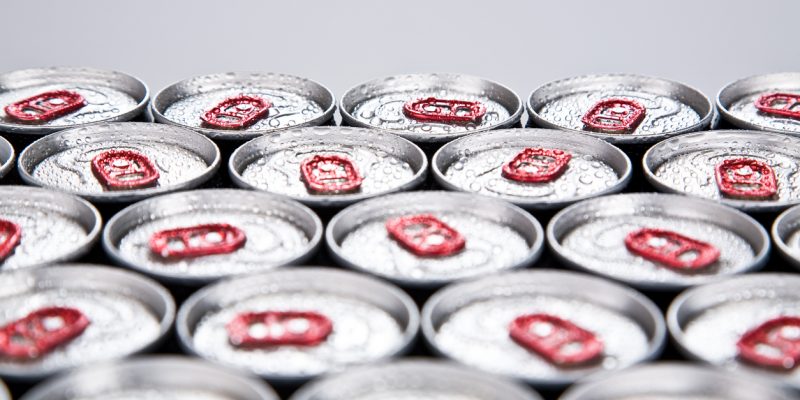A Commentary with Stephen Beaumont
It will come as a surprise to no one in the brewing industry that we are in the midst of an aluminum can shortage. CNN has been talking about it, as have Forbes, the Wall Street Journal and the Washington Post, and in October 2020, First Key published an article with detailed analysis of the shortage and its causes entitled “The Bottlenecks in Can Supply.”
In this piece we look at the can shortage effects, both direct and, perhaps even more so, indirect.
So far as cause-and-effect goes, the most obvious impact of the shortage can be plainly witnessed in a statement recently made by the CEO of Molson Coors, Gavin Hattersley, who at the start of November told analysts that the lack of cans has caused the beverage company to consider dropping some brands or package sizes from its portfolio. While Hattersley didn’t specify which SKUs the company was looking at, it doesn’t require much imagination to figure that they will target underperforming brands, just as Coca-Cola, PepsiCo and Unilever have recently done.
While the can shortage no doubt has much to do with this decision, as well as those of the other companies mentioned, I suspect it may equally be a side-effect of operating a brewing company during a pandemic. One of the first consumer trends noted at the outset of our COVID days, after all, was a tendency among beer drinkers to gravitate to tried-and-true heritage brands, and I’ve seen little evidence to suggest behaviors are any different today. As such, it only makes sense for breweries to focus on their core ranges, even at the expense of fringe or cult brand favourites.
The upside of such behavior, the ‘silver lining’ of the can shortage, if you will, is that it might go some way towards solving a problem that has been vexing the North American beer market for a large part of the last decade, namely SKU overload. If a lack of packaging materials means that breweries both large and small scale back on the new-brand-every-week-or-two approach that has guided beer sales for the past few years, the result might just be more space for everyone and less confusion among consumers.
The other consequence I believe might result from the can shortage is a bit more convoluted, but if you bear with me, I am certain we can get there.
It is undeniable that the key factor in the 21st century rise of canned beer, especially canned craft beer, has been consumer preference. Once beer drinkers, especially North American beer drinkers – have long been more accepting of premium products in cans – decided that it was okay for flavour-forward beer to be packaged in cans, the lighter weight, increased portability and regularly touted “infinite recyclability” of aluminum cans quickly made them the package of choice. This resulted in many things, from the flourishing of the 16 oz/473 mL can size to the rise of the four-pack and the advent of the mobile canning line.
It also, maybe, inadvertently led to a downturn in imported beer sales.
Imports have been on a losing streak for a while now, superficially buoyed by strong sales of Mexican brands and some growth in international lagers, but for smaller brands, particularly niche brands, stagnant or declining. Part of this is attributable to the tremendous success of craft brewing’s ‘drink local’ ethos, but a part of it, however small, could be due to the fact that such imports generally come to North American shores in bottles rather than cans.
And here’s where it gets a bit weird, if not a trifle fanciful.
If the can shortage forces some small breweries, particularly those with strong followings, to return to packaging in bottles rather than cans, there is a strong possibility this activity will ‘re-normalize’ bottled beers. This, in turn, could encourage sales of other bottled beers, including if not particularly high-end and niche imports. In fact, it might already be happening – recent data reported in Beer Business Daily suggested that import bottles are actually gaining share at the expense of import cans!
This is not to suggest that we are heading, or indeed will ever head back to a time when bottles are a generally preferred package over cans. But if there is a shortage-caused shift to bottles taking shelf space from cans, it seems likely that it will influence consumer attitudes over time, just as the infiltration of craft cans changed those same attitudes over the last ten to twenty years. And if bottled imports begin to once again heat up, the beer styles they contain, whether malty strong ales from Belgium or the wine-influenced beers of Italy, could even start to shift consumer tastes away from the currently popular hazy pale ales and IPAs and kettle soured fruit beers.
In other words, don’t be surprised if, a year or two from now, the canned New England IPA drinker has slowly evolved into a malty ale aficionado, driven by market forces of which she isn’t even aware.



